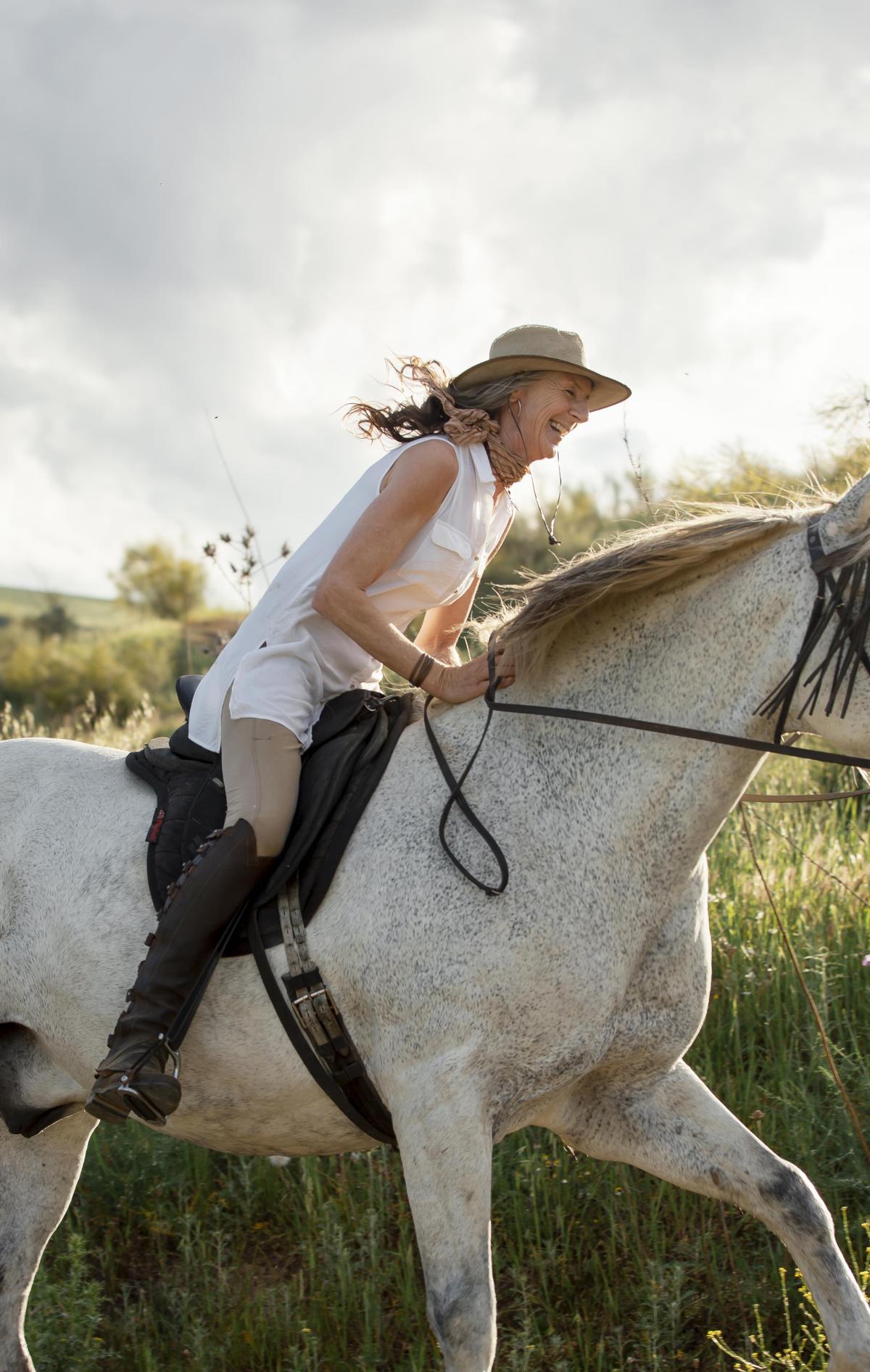What pants to wear?
The classic riding pants, the so-called European breeches, originated in a country very distant from that continent but with a close historical relationship. Also known as JODHPURS and BREECHES, the breeches as we know them today emerged in India.

The classic riding pants, the so-called European jodhpurs, have their origins in a country very distant from that continent but with a close historical connection. Also known as JODHPURS and BREECHES, the jodhpurs as we know them originated in India.
In Jodhpurs, Rajasthan, royalty played polo dressed in loose-fitting pants that tapered from the knees (similar to baggy trousers). Polo is a sport originating from that region and is still widely practiced.
I visited this part of India in 2014 on a horseback riding trip. In every museum, fort, and often ancient mansions that I visited during my itinerary, I could see in many engravings, photographs, and artistic representations the figure of ancient Indians dressed in their riding attire, often in war situations, alongside the wonderful Marwari horses.
Even today, the attire that Indian riders use for horseback riding is very close to that worn by their ancestors.
When India was invaded and colonized by the British, they began practicing the same type of sport and wearing the same clothing.
At that time, it was not yet known by this name – JODHPURS.
So how did this name come about?
I had read somewhere, but I personally heard the story from a guide at an ancient Maharaja palace during my visit to India.
Here it goes – It is said that in India, already colonized by the British, there was a prince who was an ace at playing polo and was part of the official Indian team that frequently competed against and won tournaments against Europeans, especially the British. During a visit to England, he was unexpectedly invited to participate in a tournament taking place there at that time. He hadn’t brought his attire. The hosts arranged for him to be taken to a tailor so that he could have his clothes made in time for the event. The prince explained to the tailor how he wanted his riding pants made. The man had never made anything like it before. Sketching back and forth, trying to get as close to the original as possible. In the end, the tailor asked for the Indian’s name so he could put it on the sketches, and was astounded to hear the prince say his name, long and almost unpronounceable. He could only catch the end when the prince mentioned Jodhpurs, the city of his origin. So, he wrote it down on the paper to identify the owner of the order – Jodhpurs.
The prince participated in the tournament and caused a sensation, not only for his performance but also for the outfit he was wearing. Especially for the pants. The word spread that they had been made by an English tailor. Soon, numerous orders were placed, and everyone looked at the sketches and said to the tailor – I want that Jodhpurs.
Over the years, there were modifications both in the design and the fabric used. The pants became tighter overall, and the fabric used has greater flexibility (Lycra® or Spandex®) and durability.
In the end, the idea remains the same: to allow the rider to mount their horse comfortably and safely.
For classical riding and competitions, light-colored jodhpurs like beige and white are used. But for general riding practice outside of these spheres, they are made in a wide variety of styles and colors.
Be cautious with very light colors for trail riding. They get dirty and stained very quickly from dust and mud. But on the other hand, they don’t get too hot in warmer climates.
In the case of shopping abroad or through international online stores, one should be aware of the difference between JODHPUR and BREECHES – they are the same and only differ in their final length along the leg.
The first, Jodhpurs, ends at the ankle, while the second, Breeches, ends mid-calf or just after the knee.
With Jodhpurs, you can wear either short or long boots, whichever you prefer. But with Breeches, only long boots are worn.
In Europe, the use of these garments is widespread for both women and men. In the USA, it is more common to wear jeans and similar fabrics, especially for men.
In Latin America, it occurs in the same way as in the USA, except in some regions further south on the continent, like Chile, Argentina, Uruguay, and southern Brazil, where variations of baggy trousers are used.
In this context, there is no obligation regarding one type of clothing or another.
There is a recommendation for comfortable and durable clothing that provides comfort and safety during the ride. It is suggested to avoid pants with too many cuts and seams that may chafe the skin, as well as to avoid straps and ties that could get caught on some artifacts, branches, or bushes.
Otherwise, everyone finds their own way and style!


